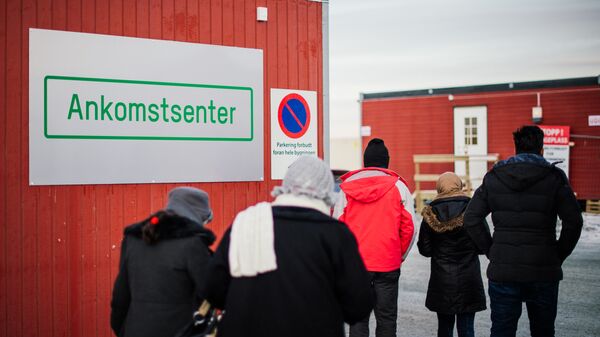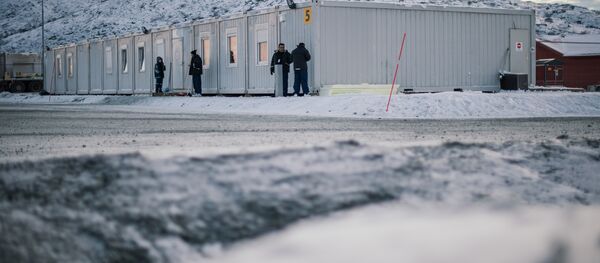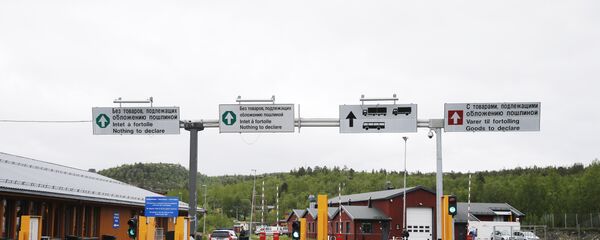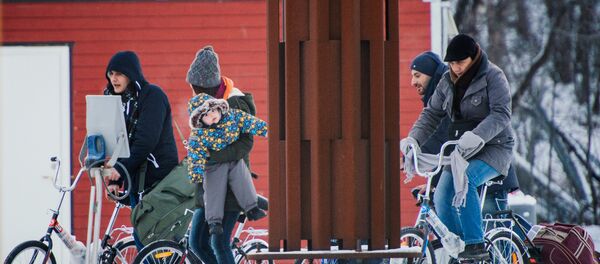According to Tor Espen Haga, the then-chief of the police immigration unit in Finnmark County, this controversial created difficult situations and further increased the workload for stressed authorities.
Over the course of two days, about 20 asylum seekers were sent back and forth between the Norwegian and the Russian border stations. Among them was a Syrian mother and her two daughters, who in desperation sat down in no man's land, refusing to be sent back.
"I really hope they had a purpose for doing so, which went farther than we saw. For this may have deteriorated our relations with the Russian side," Tor Espen Haga told Norwegian national broadcaster NRK.
"This was an absolutely unacceptable and provocative praxis that contradicted the letter and the spirit of the Russian-Norwegian reversal agreement of 2007. Also, that's not how partners should treat each other," the Russian embassy wrote to NRK.
Nevertheless, as the Norwegian Immigration Act was changed in record time, none other than the then-State Secretary Jøran Kallmyr to Storskog to instruct police officers.
"For us it was important to put pressure on Russia for them to understand that they just could not just send people over the Norwegian border without having to face the consequences," Jøran Kallmyr told NRK, claiming it was right of Norway to test Russia's willingness to accept rejected asylum seekers.
Even if none of those people that Kallemyr specifically wanted to return were accepted by the Russian side, he nevertheless claimed it was necessary to be a little "hard" on the Russians.
While many Norwegian media initially blamed the migrant crisis on Moscow's crafty designs of a "hybrid war," these absurd conspiracy theories were later disproved by Norway's Fridtjof Nansen Institute, which explained that the asylum seekers were simply attracted by the cheap and safe travel route, as opposed to the costly and perilous voyage through the Mediterranean Sea. By migrants' own admission, they had to pay a $2,500 for a trip via Murmansk, whereas a voyage to Greece would have cost $18,000.
#Arctic #Storskog-fence built a few centimeters too close to #Russia https://t.co/oov2H1qfxU
— Håkan Molander (@phakanm) 26 сентября 2016 г.
The influx through the Arctic route later came to a standstill following bilateral agreements and decisive action on Russia's part.
Never miss a story again — sign up to our Telegram channel and we'll keep you up to speed!





